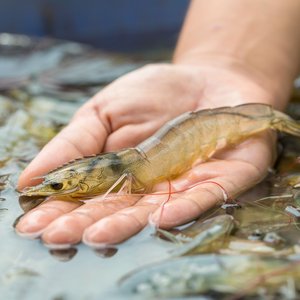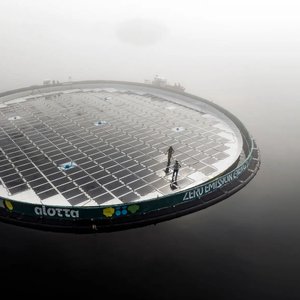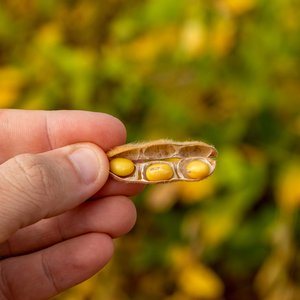Monterey Bay Aquarium Seafood Watch will spend the next nine months evaluating sustainable seafood certification schemes including those of the Marine Stewardship Council (MSC), Global Aquaculture Alliance (GAA), Global Good Aquaculture Practices (Global GAP) and Responsible Fisheries Management Certification (Global Trust) to determine if any or all are credible – that is, adhere to a robust process – and equivalent to at least a Seafood Watch ‘Good Alternative’ yellow ranking or above,” Senior Science Manager Dr. Tom Pickerell said.
"This will give us the opportunity to defer to these eco-certification schemes,” he said. “We will, however, maintain the right to rescind our support of individual fisheries or farms should their certification be debated based on sound scientific evidence.”
“The research team will also launch a number of pilot projects examining strategies to enable stakeholders to utilize our criteria and methodology to assess fisheries and aquaculture operations that are not being assessed by Seafood Watch,” he said.
“This is a top-to-bottom revision of our process, like nothing we’ve undertaken in the past,” said Jennifer Dianto Kemmerly, Seafood Watch program director. “In the end, our seafood reports will be more transparent, robust and current than ever. And, by designing new tools and approaches, we hope to enable a far greater number of fisheries and aquaculture operations, at a much finer level of detail, to proceed through our assessment process.”
“If we identify other credible and equivalent seafood certification schemes, we can incorporate them into Seafood Watch recommendations so there’s less duplication of effort in assessing species already deemed to be responsibly farmed or fished,” she added. “That, too, will offer more procurement options for seafood buyers who rely on our recommendations.”
Since its inception in 1999, the Monterey Bay Aquarium Seafood Watch program has become an influential business and consumer resource for sustainable seafood information. The aquarium works with nearly 200 partners nationwide – including food service companies, seafood distributors, chefs and restaurants, and cultural institutions – to transform seafood markets in ways that create incentives for sustainable fishing and aquaculture practices.
The aquarium also announced that after an 18-month evaluation process involving key partners and more than 60 international experts, it has revised both the sustainability assessment criteria and internal research process for its Seafood Watch program, so reports can be updated more frequently, and are more concise and clearly organized, while maintaining the information essential to each recommendation.
The streamlined process of creating reports and recommendations has the potential to assess more species of interest, and a new numerical scoring system allows for finer-scale recommendations for seafood buyers, while maintaining the straightforward green-yellow-red “traffic light” rating approach for consumers who rely on popular Seafood Watch pocket guides and smartphone apps.
The revised assessment criteria will not result in significant changes to current Seafood Watch recommendations as they incorporate the same guiding principles, said Senior Science Manager Dr. Tom Pickerell. The new science reports will, however, make it easier to see, at a glance, why each item earned a Best Choice, Good Alternative or Avoid ranking, he said.
Reports produced under the new criteria will also:
Cover a broader range of issues more robustly, incorporating up-to-date science, with less potential for subjectivity; and
Provide greater clarity to report authors, including clearer guidance about how to apply the guiding Seafood Watch conservation principles that underlie the program.
Pickerell said the new processes will make it easier for the Seafood Watch research team to keep its top 100 reports, which contain over 2,000 specific recommendations, updated and responsive to new information.










